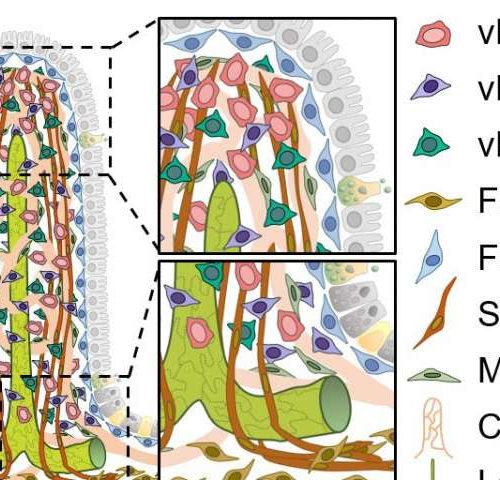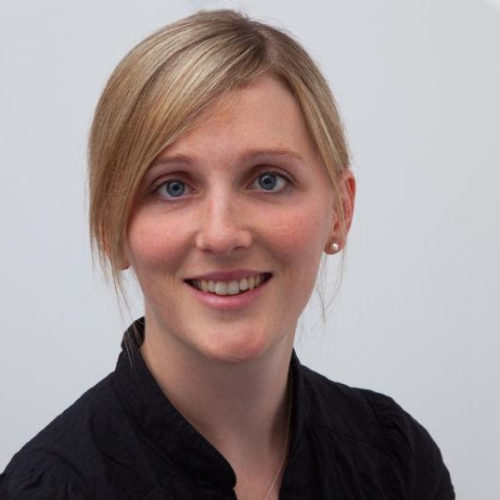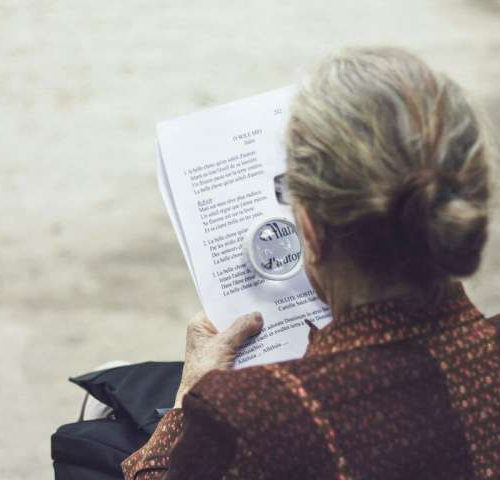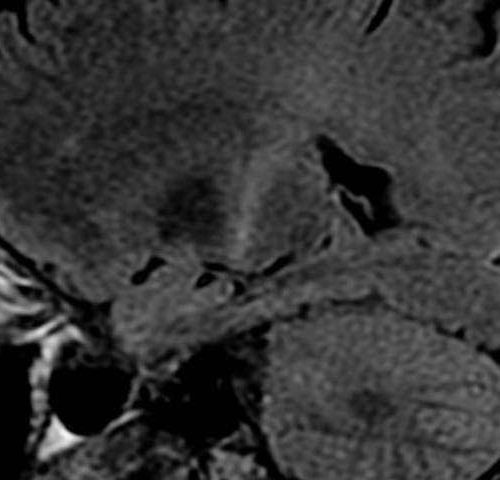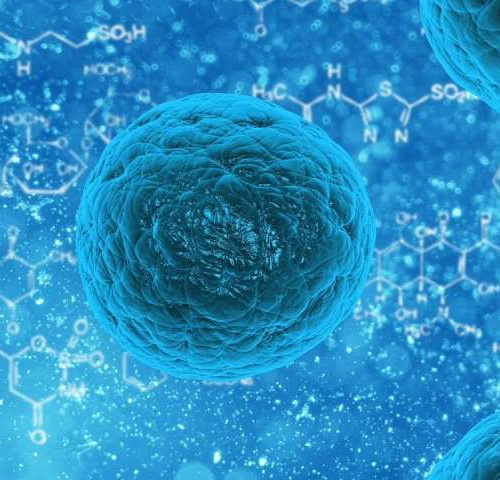by Institute for Basic Science Fingerlike projections that cover the intestinal wall and absorb nutrients in the small intestine.During digestion, hydrophilic nutrients, such as glucose and amino acids, are absorbed by blood capillaries. On the other hand, hydrophobic nutrients, such as lipids, are taken in by specialized lymphatic capillaries called lacteals. The graphics also shows...
Tag: <span>immune molecules</span>
Gut microbes shape our antibodies before we are infected by pathogens
PROF. DR. RER. NAT. STEPHANIE GANAL-VONARBURG DEPARTMENT FOR BIOMEDICAL RESEARCH (DBMR), UNIVERSITY OF BERN, AND UNIVERSITY CLINIC OF VISCERAL SURGERY AND MEDICINE OF THE INSELSPITAL, UNIVERSITY HOSPITAL BERN view more CREDIT: COURTESY OF STEPHANIE GANAL-VONARBURG B cells are white blood cells that develop to produce antibodies. These antibodies, or immunoglobulins, can bind to harmful foreign...
New molecule reverses Alzheimer’s-like memory decline
by Salk Institute A drug candidate developed by Salk researchers, and previously shown to slow aging in brain cells, successfully reversed memory loss in a mouse model of inherited Alzheimer’s disease. The new research, published online in July 2020 in the journal Redox Biology, also revealed that the drug, CMS121, works by changing how brain...
Smartwatch tracks medication levels to personalize treatments
Advance could help doctors choose the right drug at the right dose for the right person UNIVERSITY OF CALIFORNIA – LOS ANGELES SMARTWATCH TO TRACK MEDICATION LEVELS view more CREDIT: JIALUN ZHU, SHUYU LIN, AND YICHAO ZHAO (I²BL/UCLA) Engineers at the UCLA Samueli School of Engineering and their colleagues at Stanford School of Medicine have...
Chemists build natural anti-cancer compound with lean new process
Scripps Research collaborators develop a way to seamlessly create the compound’s complex structure SCRIPPS RESEARCH INSTITUTE CHEMISTS HANS RENATA, PHD, AND ALEXANDER ADIBEKIAN, PHD, BOTH OF SCRIPPS RESEARCH, SAY THE BACTERIAL EXTRACT CEPAFUNGIN I IS IN THE SAME CLASS AS SEVERAL FDA-APPROVED ANTI-CANCER DRUGS, WITH SOME… view more CREDIT: SCRIPPS RESEARCH JUPITER, FL–Scripps Research chemists...
Protein study may be key to treating fibrotic diseases
by Bill Snyder, Vanderbilt University An MRI with increased signal in the posterior part of the internal capsule which can be tracked to the motor cortex consistent with the diagnosis of ALS. Credit: Frank Gaillard/Wikipedia A protein linked to amyotrophic lateral sclerosis (ALS), a progressive neurological disease that causes muscle weakness, may be a key...
Amid the rush for COVID-19 drugs, a case for the helicase
Upon entry into our cells, SARS-CoV-2 immediately gets to work replicating itself. The process is nothing short of impressive: A suite of enzymes and proteins work to copy the virus’s genetic material into thousands of more copies, wrapping each in proteins and lipids, and ultimately sending them bursting out of the cell-like confetti from a...
Some ‘inert’ drug ingredients may be biologically active
by University of California, San Francisco Some supposedly inert ingredients in common drugs—such as dyes and preservatives—may potentially be biologically active and could lead to unanticipated side effects, according to a preliminary new study by researchers from the UC San Francisco School of Pharmacy and the Novartis Institutes for BioMedical Research (NIBR). Most medications include...
Calcium channel subunits play a major role in autistic disorders
by Universitaet Mainz After 21 days in vitro, hippocampal neurons of the rat form many synaptic contacts and communicate with each other. Within the study such neuronal networks cultivated on multi-electrode arrays were used to invest the synaptogenic function of α2δ-subunits. Credit: ill. by Artur Bikbaev The ability of the human brain to process and...
Immune cells infiltrating tumors may play bigger cancer role than previously thought
by University of California – San Diego Most traditional cancer therapies target either the tumor cells themselves or indiscriminately kill any rapidly dividing cell. New findings by researchers at University of California San Diego School of Medicine indicate that manipulating macrophages, a type of immune cell found abundantly in the tissues surrounding a tumor, could...
- 1
- 2

